"HORROR FROM THE '70S TAKES SOME WEIRD, WILD TURNS"
 Hello and welcome to the unofficial Brian De Palma website. Here is the latest news: |
|---|
E-mail
Geoffsongs@aol.com
-------------
Recent Headlines
a la Mod:
Listen to
Donaggio's full score
for Domino online
De Palma/Lehman
rapport at work
in Snakes
De Palma/Lehman
next novel is Terry
De Palma developing
Catch And Kill,
"a horror movie
based on real things
that have happened
in the news"
Supercut video
of De Palma's films
edited by Carl Rodrigue
Washington Post
review of Keesey book
-------------
Exclusive Passion
Interviews:
Brian De Palma
Karoline Herfurth
Leila Rozario
------------
------------
| « | April 2023 | » | ||||
| S | M | T | W | T | F | S |
| 1 | ||||||
| 2 | 3 | 4 | 5 | 6 | 7 | 8 |
| 9 | 10 | 11 | 12 | 13 | 14 | 15 |
| 16 | 17 | 18 | 19 | 20 | 21 | 22 |
| 23 | 24 | 25 | 26 | 27 | 28 | 29 |
| 30 | ||||||
De Palma interviewed
in Paris 2002
De Palma discusses
The Black Dahlia 2006

Enthusiasms...
Alfred Hitchcock
The Master Of Suspense
Sergio Leone
and the Infield
Fly Rule
The Filmmaker Who
Came In From The Cold
Jim Emerson on
Greetings & Hi, Mom!
Scarface: Make Way
For The Bad Guy
Deborah Shelton
Official Web Site
Welcome to the
Offices of Death Records
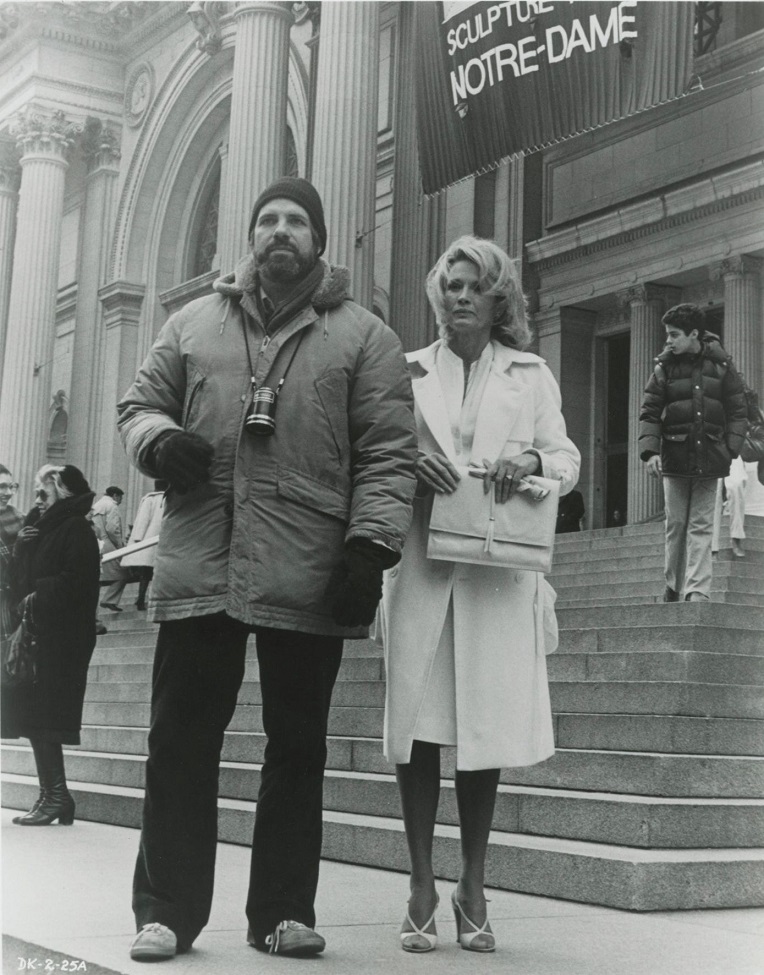
Are there other films from your career you’re especially proud of?I don’t know. “Rio Bravo” is one that just holds up no matter when. “Dressed to Kill,” I would like to have been in it just a little bit more before they knocked me off.
Audiences have embraced that film more in recent years. How was Brian De Palma to work with?
He was great and he [allowed] no fussiness. It was hard work because he was a very serious filmmaker, and then he took on serious subjects, so you have to do it that way. But he was a master director — oh, my God.
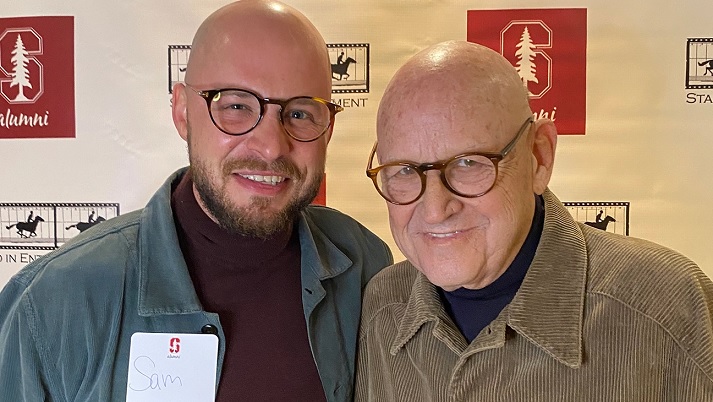
A life well-lived is best directed by doing what you love with people you love. And my father, Edward R. Pressman — a film producer, jazz lover, student of philosophy, constant reader and Dodgers fanatic who would have turned 80 on Tuesday — had a life filled to the brim.On Jan. 17, in the last moments of my father’s life, his family and his company, which has always been family to Ed, surrounded him. We listened to “Gassenhauer,” the theme of Badlands, my father’s fourth film as a producer. He looked so peaceful and beautiful.
Earlier, on this last day, we watched Phantom of the Paradise. I’ve always been in awe of that film. The joy and chaos that is in each frame; the music that, like old souls, lasts forever. You can feel the way that Ed and director Brian De Palma were experimenting together, pushing cinematic boundaries while also not knowing where the boundaries lay.
The film begins with the song, “Goodbye Eddie, Goodbye.” The lyrics read, “We’ll remember you forever, Eddie, through the sacrifice you made. We can’t believe the price you paid for love.”
What sticks with me is love. My father really loved a lot. He didn’t have to say a lot. I could feel it in the slightest curl of his smile or the gesture of his hands. He loved his family. He loved my mother, Annie. He loved film. He loved working. He loved his company. He loved the Hollywood and independent film community.
In remembering my father, a lot of people speak about his determination. When he committed to a film he never gave up. I think a lot of that strength came from his childhood. His family and childhood friends shared a lifelong bond that gave him the strength to never be afraid.
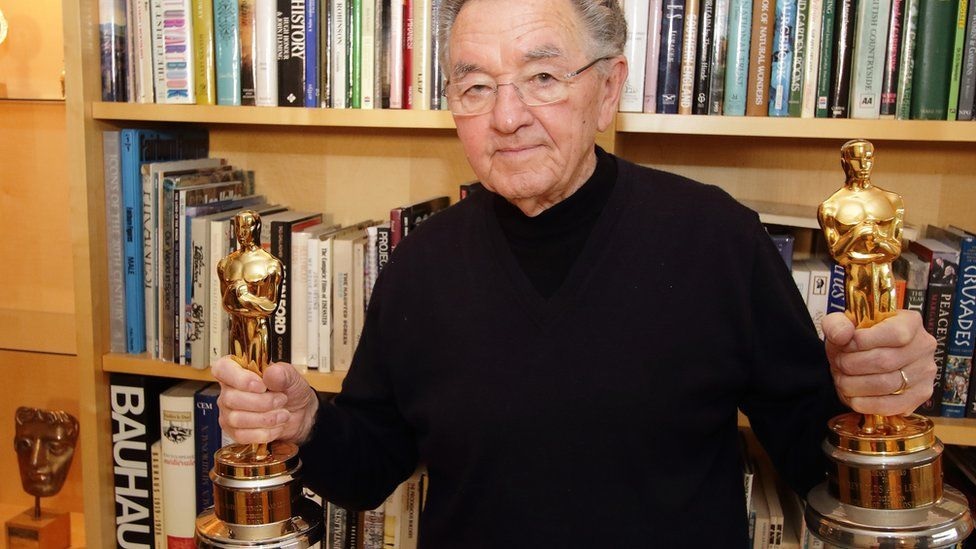
Norman Reynolds, the British production designer and art director who won two Oscars for his work on Star Wars and Raiders of the Lost Ark, has died.Reynolds, 89, worked as art director on Star Wars: A New Hope in 1977 and took over from John Barry as production designer for the sequels.
Steven Spielberg previously said Reynolds was the "creative core" of the Star Wars and Indiana Jones films.
"He possessed that rare combination of humility and utter genius," he said.
Reynolds' notable design work included Yoda's planet of Dagobah, the carbon freezing chamber in which Han Solo was encased in carbonite and The Emperor's throne room.
The latter was reimagined as part of a destroyed Death Star in The Rise of Skywalker in 2019.
His influence on the Star Wars universe is still seen today with many of his designs incorporated in the look of the Disney+ series, The Mandalorian.
Spielberg asked Reynolds to work as production designer for Raiders of the Lost Ark in 1981, for which he won his second Oscar.
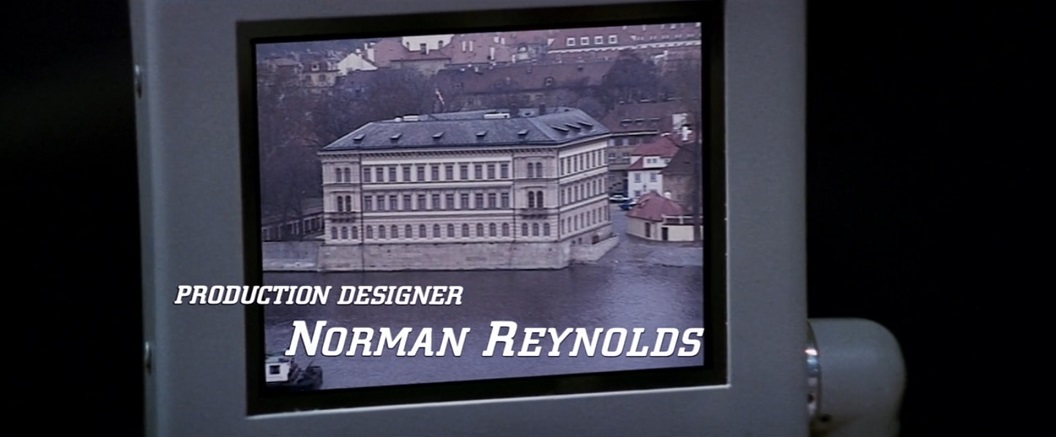
In a 1996 American Cinematographer article by Benjamin B, Reynolds discussed working with Stephen Burum on Brian De Palma's Mission: Impossible:
Like an IMF mission, the production of the film was a race against time, shooting on location in Prague and London, and on sets built within the vast Pinewood Studios soundstages. However, the film's British production designer, Norman Reynolds, notes that the film's European locales merely enhance its essential spirit. "Mission: Impossible is an American action film, in the best sense of the term," he says.Reynolds, who earned two Oscars for his memorable design work on Star Wars and Raiders of the Lost Ark, is well-positioned to comment on the relationship between the production designer and the cinematographer. “The designer [helps to set] the picture's tone in visual terms. Now that's apart from the cameraman, who obviously has the ultimate control in that area, because he can make it dark, light, colored or whatever. So what we designers do is very much in the hands of cameramen. I certainly stay in touch with the cameraman as much as I possibly can.
“While we were in Prague, Steve was obviously very involved in location scouting and preparing things, so there were times when he and I were separated. But when we moved to the studio, I involved Steve as much as possible in the set design. It was quite selfish really, because the easier I made Steve's job, the better the film was going to look. We liked working together, and that's really the name of the game."
In planning their visual design, Burum and Reynolds referred solely to the script and not at all to the television series. In fact, Burum confesses to having never really watched the TV show. "I remember a little from college, but I never got a chance to see an entire episode," he admits.
Following the natural divisions of the script, Burum created a different lighting approach for the missions in Prague, Virginia, and on the TGV train, producing a visual diversity and rhythm that enriches the film. The cinematographer summarizes the three moods he sought to evoke as "old Europe, America and new Europe."
...
The high-tech CIA computer room set is a good example of the collaboration between production designer Reynolds and Burum. Reynolds drew his inspiration from his previous set designs in Star Wars to create a space that was also a self-contained soft light source. This futuristic white room is a seamless integration of luminescent plexiglass panels with dozens of photofloods and 216 diffusion behind them. The effect is an expanse of shadowless whiteness. To ensure the purity of the white light, Burum overexposed the panels by about three stops to "burn out any color. It's an old photographic trick: if you want to get rid of oversaturation, you overexpose, and if you want heavy saturation to get a weird color, you underexpose."
Cruise wore a black outfit to retain contrast and sharpness in the extremely soft light. Burum says that much of the suspense in Mission: Impossible was created by trapping the protagonists in confined spaces. "Throughout the picture, the characters are stuck in airplanes, in elevator shafts, in air-conditioning ducts. There's no place to hide. If you get caught in a tunnel and there's somebody coming, you have no way out — it's that feeling of being completely vulnerable at all times."
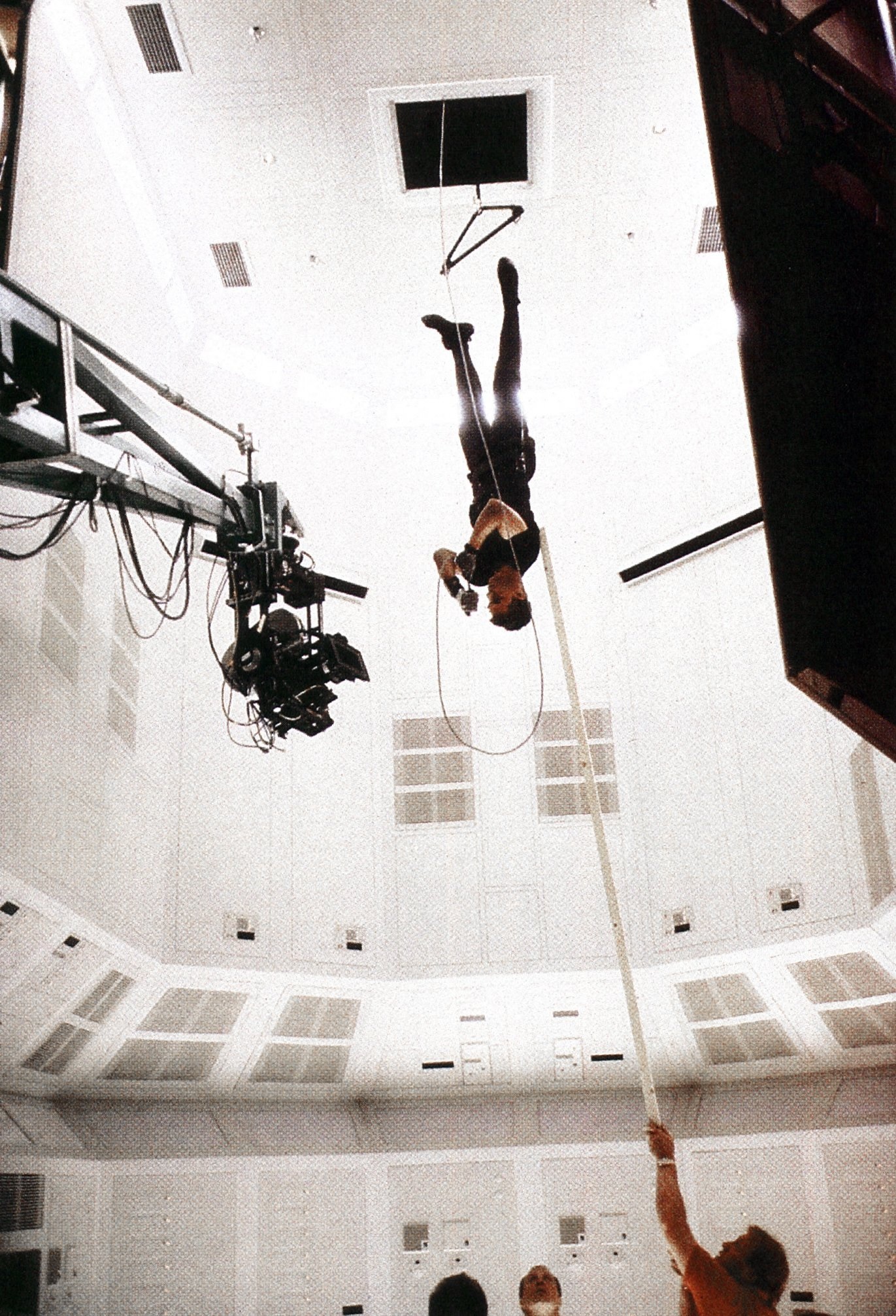
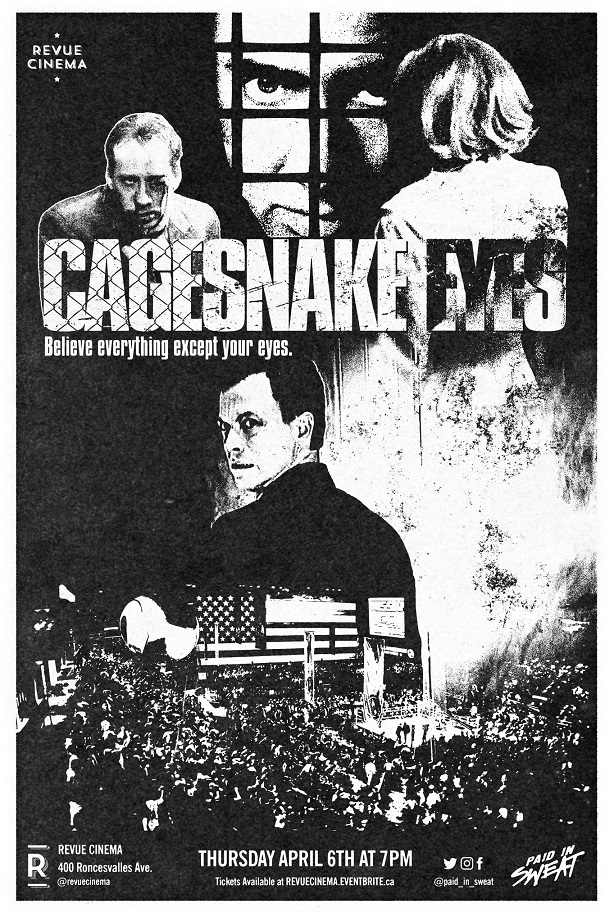
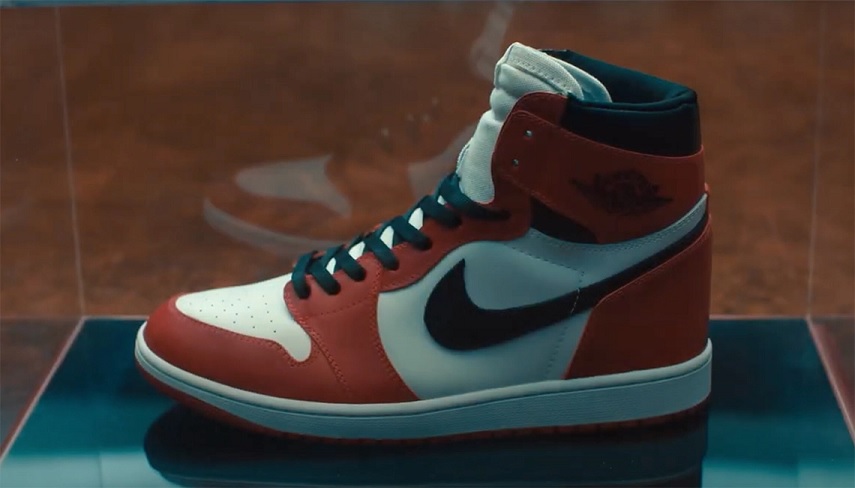
Brett tweets, "Air is the last movie I expected to feature the most iconic bit of Pino Donaggio’s score for Body Double, one of my very favorite pieces of music movie ever, for the shoe reveal." And in a review posted today at JoBlo, Chris Bumbray concludes, "All in all, Air really is a terrific package, with Affleck having a ton of fun telling this story. It definitely has one of the best soundtracks of the year, with the needle drops running the gamut from Bruce Springsteen to 'Axel F'. Affleck even repurposes Pino Donaggio’s main theme to Brian De Palma’s Body Double to complement the Tangerine Dream music. It’s a nice touch in a movie that’s full of them."
Film Music Reporter has the lowdown:
The full list of music cues featured in Ben Affleck’s biographical drama Air has been revealed. While the film doesn’t have a credited composer, Paul Haslinger (Underworld, Halt and Catch Fire, Resident Evil: The Final Chapter) appears to have contributed a few original music cues, credited in the end titles as I Want to Sign Him and Sneaker AnthemRunning Out of Tim. The movie also features tracks from multiple 80s scores by the German electronic music group Tangerine Dream (which Haslinger was a member of in the late 80s), including Running Out of Time & Through the Dark/Run Across the Street from Miracle Mile, Shop Territory from Firestarter, Jerry’s Decision [Ed. note: a comment at that site states this is not a Tangerine Dream track] & To the Head of the Class from Three O’Clock High, Love on a Real Train from Risky Business and Breathing the Night Away from Heartbreakers. Harold Faltermeyer’s music from Beverly Hills Cop and its first sequel makes an appearance in a couple of scenes. Other score cues featured in the movie include Leave Atlantic City from Desperately Seeking Susan (by Thomas Newman), JP Brenner Emerges from Raw Deal (by Christopher Boardman), Votes for Women from Suffragette (by Alexandre Desplat), Closing from The Times of Harvey Milk (by Mark Isham), The Girl from Flinch (by Miami Nights 1984) and a track from Pino Donaggio’s score from Brian De Palma’s Body Double.Andrea von Foerster serves as the music supervisor of the movie, which also features numerous 80s hit songs, including Money for Nothing by Dire Straits, My Adidas by Run DMC, Legs by ZZ Top, Sister Christian by Night Ranger, Ain’t Nobody by Rufus & Chaka Khan, All I Need Is a Miracle by Mike + The Mechanics, Time After Time by Cyndi Lauper and Born in the U.S.A. by Bruce Springsteen. Air starring Matt Damon, Affleck, Jason Bateman, Viola Davis, Chris Messina, Chris Tucker, Marlon Wayans, Matthew Maher, Jay Mohr, Julius Tennon centers on the game-changing partnership between a then rookie Michael Jordan and Nike’s fledgling basketball division. The drama will be released in theaters nationwide on April 5 by MGM/Amazon Studios.
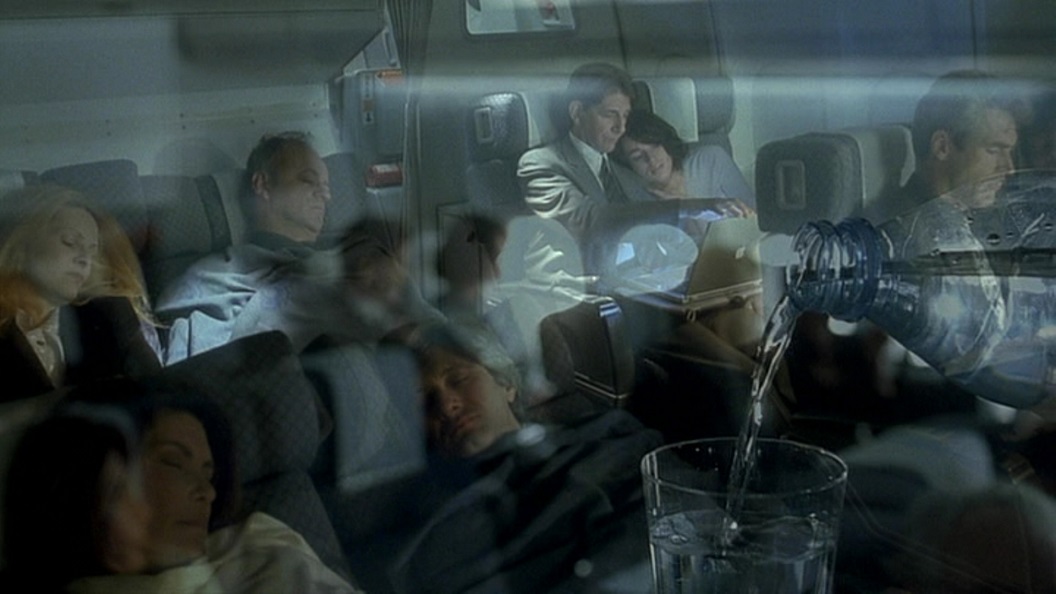
Sly as a snake, Brian De Palma's "Femme Fatale" is a sexy thriller that coils back on itself in seductive deception. This is pure filmmaking, elegant and slippery. I haven't had as much fun second-guessing a movie since "Mulholland Drive." Consider such clues as the overflowing aquarium, the shirt still stained with blood after many days, the subtitles for dialogue that is not spoken, the story that begins in 2001 and then boldly announces: "seven years later." The movie opens with a $10 million diamond theft, with a difference: The diamonds adorn the body of a supermodel attending a premiere at the Cannes International Film Festival, and they are stolen with erotic audacity as the model is seduced in a restroom of the Palais du Cinema by the tall, brazen Laure Ash (Rebecca Romijn-Stamos). Her team includes the usual crew of heist-movie types, and we get the usual details, like the guy in the wet suit, the laser-cutter and the TV spycam that attracts the attention of an inquisitive cat. But the movie announces its originality when none of these characters perform as they expect to, and Laure Ash steals the diamonds not only from the model but also from her fellow criminals.No, I have not given away too much. The fact is, I have given away less than nothing, as you will fully appreciate after seeing the film. The long opening sequences, about 40 minutes by my clock, are done almost entirely without dialogue, and as De Palma's camera regards these characters in their devious movements, we begin to get the idea: This is a movie about watching and being watched, about seeing and not knowing what you see.
Romijn-Stamos plays Laure Ash as a supremely self-confident woman with a well-developed sense of life's ironies. Chance plays a huge role in her fate. Consider that not long after the theft, while trying to avoid being spotted in Paris, she is mistaken for a grieving widow, taken home from a funeral, and finds herself in possession of an airplane ticket to New York and a passport with a photo that looks exactly like her. And then ...
But no. I cannot tell any more. I will, however, describe her relationship with Nicolas Bardo (Antonio Banderas), a paparazzo who photographs her in 2001 on that day she is mistaken for the widow, and photographs her again seven years later (!) when she returns to Paris as the wife of the American ambassador (Peter Coyote). She wants that film: "I have a past here." And then ...
Well, the movie's story, written by De Palma, is a series of incidents that would not be out of place in an ordinary thriller, but here achieve a kind of transcendence, since they are what they seem, and more than they seem, and less than they seem. The movie tricks us, but not unfairly, and for the attentive viewer there are markers along the way to suggest what De Palma is up to.
Above all, he is up to an exercise in superb style and craftsmanship. The movie is very light on dialogue, and many of the words that are spoken come across as if the characters are imitating movie actors (the film opens with Laure watching "Double Indemnity"--for pointers in how to be a vixen, no doubt). I've seen the movie twice; it's one of those films like "Memento" that plays differently the second time. Only on the second viewing did I spot the sly moment when the subtitles supply standard thriller dialogue--but the lips of the actors are not moving. This is a movie joke worthy of Luis Bunuel.